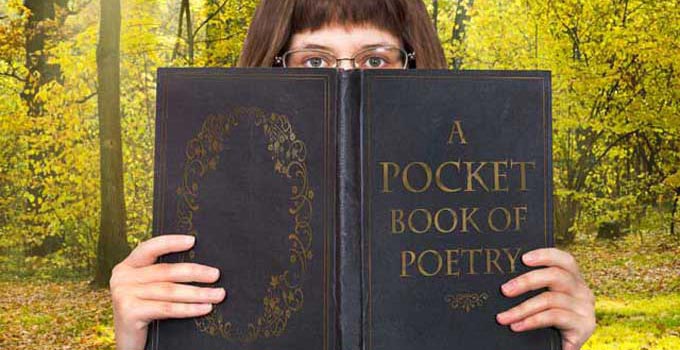How to select a book trim size

The trim size of a book is the size the printer will cut your pages to before they bind them together. In the US, we show this dimension as
width x height (in inches), and in Europe, it’s shown as height x width (in millimeters). Picking the right book trim size, then, is essential.
It will change not only how your book looks and feels in your hands; it will also change how much it costs to make. And that will change the
sale price and how much profit you’ll make. So here's a few tips to help you make the right choice for your book.
Look at common trim sizes
Pocket books: 4 x 6, 4 x 7, 4.25 x 7. These thin guides or handbooks are created to slip easily into a shirt or hip pocket.
Mass market paperback: 4.25 x 7. Cheaply-produced, small paperback literature books. Think of the type sold in airports and supermarkets.
Novels: 5 x 8, 5.25 x 8, 5.5 x 8.5, 6 x 9. These tend to range from smaller to larger trim sizes as the word count increases. The longer the
book, the slightly larger the trim. This helps the book from becoming too bulky.
Non-fiction: 6 x 9, 6.14 x 9.21, 7 x 10, 8.5 x 11. The US trade size, 6 x 9, is by far the most popular in this category. However,
non-fiction books with sidebars, pull-quotes or tab navigation sometimes suit a slightly wider page.
Workbooks: 8 x 10, 8.5 x 11, A4. These larger page sizes suit instructional books or recipe books with large, detailed graphics,
full-bleed images, and multi-column layouts.
Coffee-table books: 8 x 8, 10 x 8 (landscape). These depend heavily on the dimensions that showcase the book’s artwork or photography to best effect.
Children’s books: 7 x 10, 8 x 8, 10 x 8 (landscape). Sizes here vary according to the target age-group and orientation of the illustrations.
Printers often print landscape illustrations across a two-page portrait spread.
Imagine using your book
A children’s book. Nobody wants a children’s book that is too heavy for a child to lift. But if the book is intended for parents to read
to their kids, then larger pages would stay open more easily when held in larger hands.
If your book is destined for an older audience, then a larger trim size will lend itself better to larger type. This would reduce eye strain
and make readers think they are making more rapid progress through the book. However, readers may find a very thick, heavy book too daunting
to start in the first place.
A book about a celebrity will typically have a profile photo on the cover. The bigger the face, the more likely people are to see it.
Again, however, the bookshop may find larger pages more awkward to stock.
A large book of poetry would give a nice airy, open feel to the content, but it is likely to feel much less intimate to read when curled up
on the sofa.
Find out what your printer offers
If you decide to print your book digitally, for example using a print-on-demand (POD) printer like Ingram Spark or Amazon KDP then one of
the most important considerations when choosing your book trim size is to choose a size they actually offer! Each of these printers offers a
broad range of trim sizes, but these vary according to your choice of bookbinding, paper weight, and whether you want to print in grayscale
or color. Digital printers often won’t offer custom or landscape trim sizes, so you’ll need to stick to standard portrait sizes.